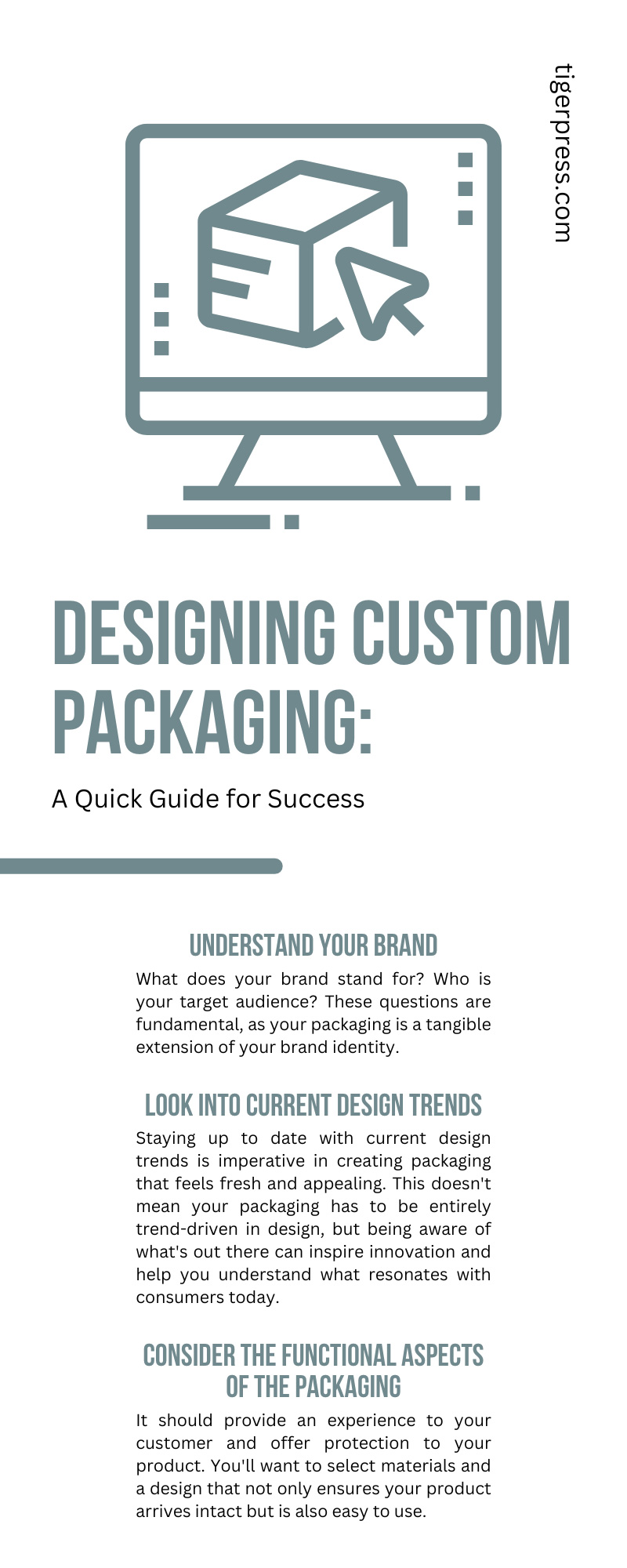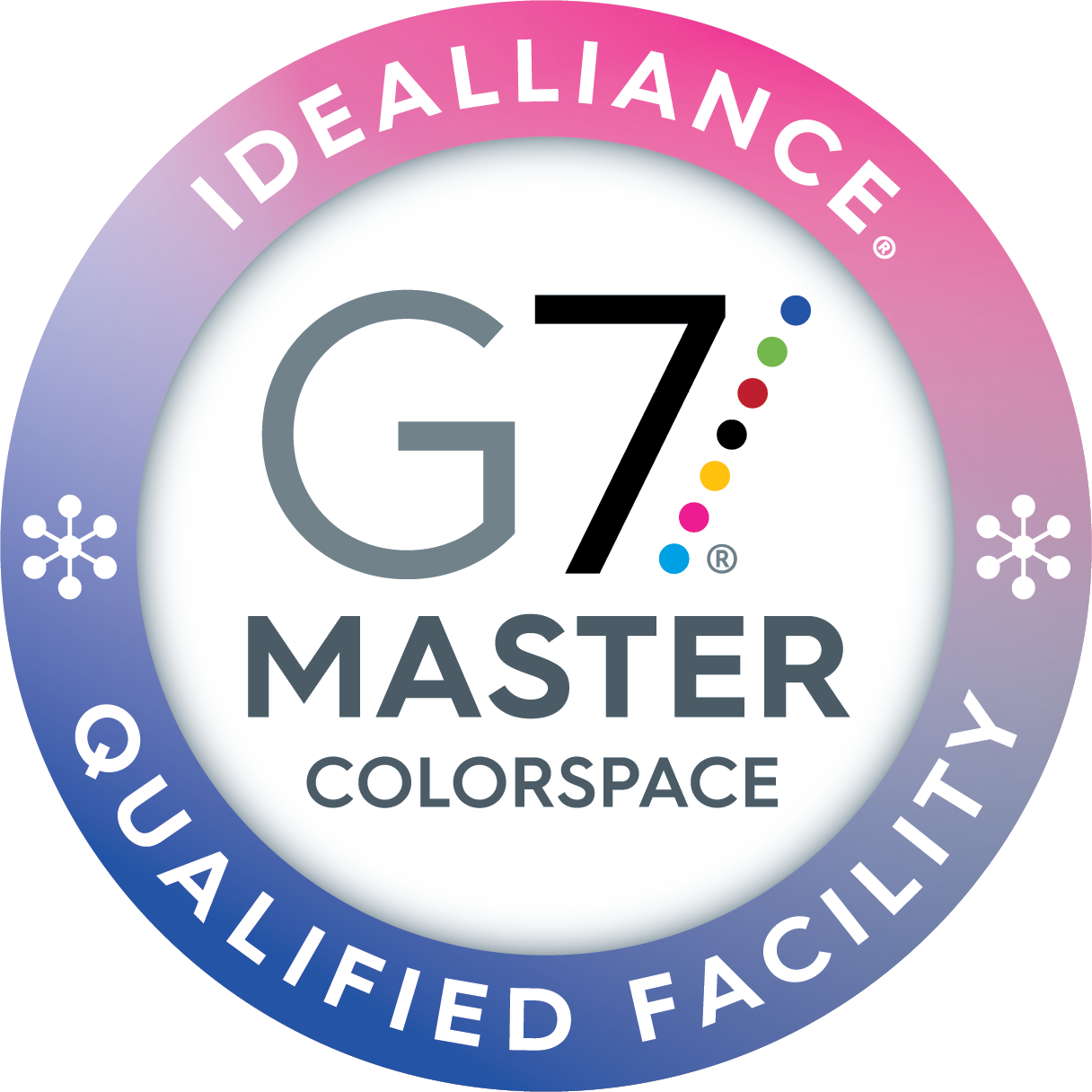
In a world where first impressions can often be the most impactful aspect of your product’s branding, tailoring your packaging to suit your product perfectly isn’t just an art. It’s a strategic business move. A well-designed package can catch the eye of a potential customer, convey your brand’s values, and create an unforgettable buying and unpackaging experience.
In this quick guide, we’ll navigate the ins and outs of designing successful custom product packaging that protects your product, resonates with your brand identity, and captivates the consumer. Whether you’re a seasoned entrepreneur or a startup owner, you should dive into some tips and strategies that’ll help set your product apart in the crowded marketplace.
Understand Your Brand
Before you dive into the colors, fonts, and materials, take a moment to truly understand your brand’s core values and message. What does your brand stand for? Who is your target audience? These questions are fundamental, as your packaging is a tangible extension of your brand identity.
Whether you’re all about minimalist eco-friendliness or bold and luxurious statements, identifying these attributes early in the design process will guide your decisions. It’s the first step in creating packaging that resonates well with your brand and your customers.
Look Into Current Design Trends
Staying up to date with current design trends is imperative in creating packaging that feels fresh and appealing. This doesn’t mean your packaging has to be entirely trend-driven in design, but being aware of what’s out there can inspire innovation and help you understand what resonates with consumers today.
Look for recurring themes and styles in your market segment. Are earth tones and sustainable materials dominating the shelf? Is there a move toward bold typography that captures the consumer’s eye? Analyzing your competitors’ choices can provide valuable insights; learning from your competitors can give you a distinctive edge and priceless knowledge. However, it’s crucial to not just follow the pack but find ways to integrate trends in a manner that still feels authentic to your brand.
Consider the Functional Aspects of the Packaging
While attractive aesthetics are vital, functionality should never take a back seat. Your packaging’s design is more than just its looks. It should provide an experience to your customer and offer protection to your product. You’ll want to select materials and a design that not only ensures your product arrives intact but is also easy to use.
Consider factors like the opening mechanism. Will a simple box suffice, or does a resealable option add value? Additionally, think about the unboxing experience and how you can make it memorable. For example, reusable packaging adds a sustainability aspect and gives customers a reason to keep your brand in their daily lives. Balance form with function, and you’ll achieve a package design that’s as practical as it is beautiful.
Incorporate Your Brand Elements
Incorporating your brand elements into your packaging design is a pivotal step in creating a recognizable and memorable experience for your customers. Brand elements include your logo, color scheme, typography, and any other visual components that make your brand unique.
Your color choices should evoke the emotions and impressions that align with your brand’s image, as colors have a profound psychological impact. Similarly, typography is more than just readable text. It presents an opportunity to convey personality and tone. Every detail, from the weight of the paper to the tactile finish, can contribute to the story your brand tells, so choose each element thoughtfully to create a cohesive and compelling packaging design.
Utilize Packaging as a Storytelling Tool
Embracing your packaging as a narrative canvas can transform a simple box or wrapper into a story-rich medium. Every brand has a story that sets it apart, a mission that drives its vision, or even a cause it supports.
Use your packaging to communicate your business’s tales, from the origin of your ingredients to your company’s heritage and its impact on the community. These will invite customers into a wider dialogue. Infographics, illustrations, personalized notes, and QR codes leading to interactive content are all clever ways to weave your narrative in an interesting way.
Be Mindful of Material Selection
Selecting the right materials for your packaging not only affects the visual appeal and feel but also plays a crucial role in sustainability and consumer perception. Since many people care about their environmental impact, choosing eco-friendly materials can significantly elevate your brand’s reputation and appeal to a more eco-conscious audience.
Consider materials like recycled paper, biodegradable plastics, or plant-based inks that demonstrate your commitment to the planet. Keep in mind that your material selection should complement your brand narrative. For instance, organic products in natural fiber packaging underscore authenticity. Beyond sustainability, evaluate strength, weight, and texture, as these aspects contribute to the functionality and sensory experience of the package.
Develop Prototypes and Test Packaging
Prototyping offers you a tangible version of your packaging through which you can evaluate design elements, material quality, and user experience firsthand. Think of it as the dress rehearsal before the big show; it’s your opportunity to catch any potential issues and make necessary adjustments.
Put your packaging through the paces by simulating shipping conditions. Will your design withstand the bumps and knocks along the way? Is the packaging easy to open (and reseal, if applicable)? Remember that testing isn’t just about ensuring functionality and durability. It’s also about ensuring your packaging accurately reflects the story and quality of your brand.
Gather Feedback From Stakeholders and Customers
Gathering feedback from stakeholders and customers is a critical step in the packaging design process. Engage with your team members, suppliers, and, most importantly, your customer base to gain diverse insights. You can also utilize surveys, focus groups, or social media polls to collect honest opinions.
It’s imperative to understand how people perceive your packaging in different settings. Does it draw the eye on a crowded shelf? Is the messaging clear and compelling? Feedback isn’t just about validation but an opportunity for invaluable critique that can lead to significant improvements. Your customers are your best critics. Their insights can drive innovation and ensure your packaging not only meets but exceeds expectations.
Coordinate With High-Quality Printing and Packaging Suppliers
It’s crucial to partner with suppliers that have a track record of excellence and understand your brand vision and commitment to quality. Take the time to discuss your project with your manufacturer in detail, ensuring they can meet your material, color fidelity, and finishing preferences.
Don’t hesitate to request samples of their work to gauge their capabilities and consistency. A reliable supplier will proactively suggest improvements, consider cost efficiencies without compromising design integrity, and provide clear communication throughout the production process.
With this guide to designing custom packaging, your business is already one step closer to success.
If you’re looking for a printing and packaging supplier with a wide array of custom product box printing services that can help you bring your vision to life with precision, you’ve come to the right place. We have everything you need to make your product truly shine, from pillow boxes to point-of-purchase displays and more.


